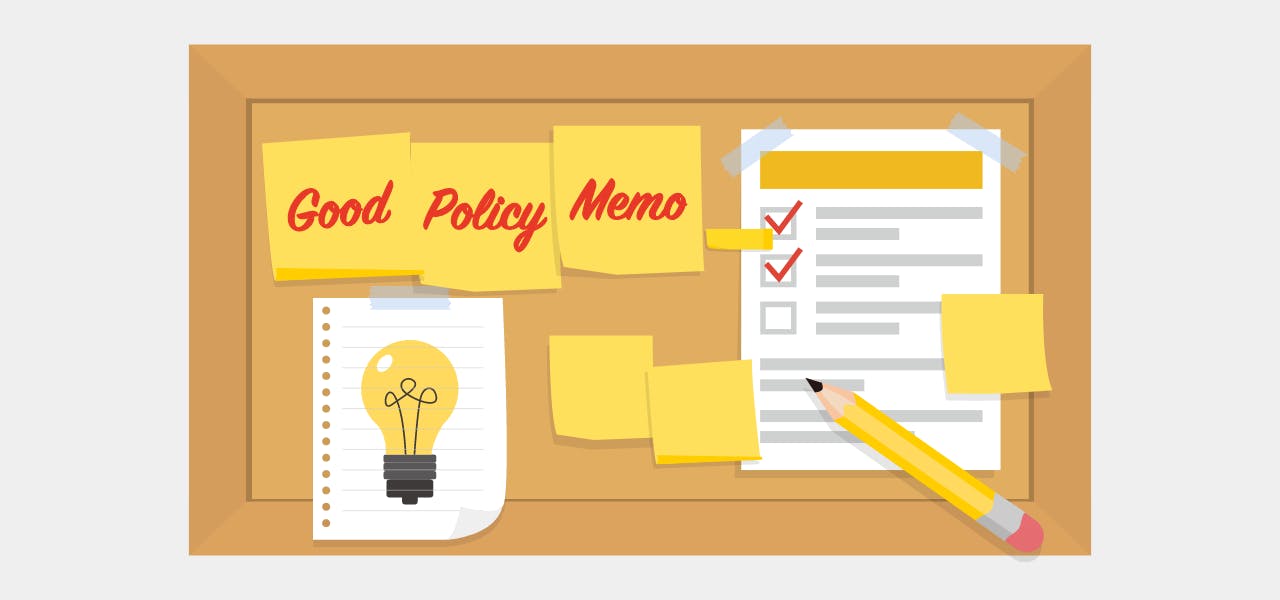It’s important for anyone in academia to take their skills and knowledge and apply them to the policy side of things once in a while. Such knowledge workers are needed in this realm. That’s in part how progress is made. There might not always be a moral obligation to do so, but researchers who are specialized experts often have the capacity to try and exact some social or environmental change through the application of persuasive writing.
This act often takes the form of a policy memo or briefing. The point of a policy briefing is for the author to lead charge statements about a particular subject matter of interest, point out where gaps in policy leave people, or infrastructure vulnerable or at risk, and then seek to use academic underpinnings and knowledge from their field to make policy recommendations, or at least suggest hypothetical ways some system can be repaired and the gap filled.
Oftentimes, it is not easy to go from a pure academic mindset to a policy-oriented one. The former is more knowledge for the sake of knowledge mindset, which can manifest itself in more lengthy narratives. But the latter is about action-oriented agendas and strategic writing that often means using the right statistics at the right time to show where new policies should be implemented and why.
In the latter case, here are a few keys for writing a good policy memo, to transcend from that first mindset of academia to more of a reformist one:
1. Set the correct context in your Abstract
One of the first parts of writing a persuasive policy memo is being able to come up with an appropriate summary of the issue you are trying to exact change in. This takes the form of an Abstract section. The section is meant to give readers as much information and insight as possible in only about one or two paragraphs. The Abstract needs to present the most key statistics in the first or second sentence, and then place those statistics around the wider socio-cultural or economic context of the issue.
For example, a policy brief intended to discuss, and provide recommendations for at-risk populations due to air pollution should very quickly introduce a statistic closely related to air pollution, or even better, a statistic stating how air pollution has led to some chronic health condition amongst a populous. This presents the issue, air pollution, in the context of human health, thus setting the stage for the reader.
In general, audience members tend to be more engaged in a policy memo when the author makes efficient use of the Abstract section. Think of this section as the foundation of your piece.
2. Limit your policy recommendations to one or two ideas
Before you can make any thorough recommendation, you need to display the facts and as much evidence as possible for why a problem is occurring. The more associations a writer can make, the stronger the case for change, and the fewer rebuttals audience members will have when they reading. It’s important to consider because especially for policymakers with their own agenda and limited time, briefs need to persuade members to take action, and not to feel as though the issue is too fragmented to address.
Once all of the evidence has been presented in the body of your memo, it’s important to create another heading where your recommendations will now start. Your recommendation should likely be one or two ideas that take an all-encompassing view of the issue you have covered. The reason is so those who are reading are now able to comprehend how the issue and a proposed solution go hand in hand. Too many recommendations and your reader will become lost.
3. Stylistic Choices and Clarity
Overall, policy memos need to have some brevity. If you have ever read a long fictional story that takes the author multiple chapters to establish one point, that’s exactly what you should try to avoid while crafting your policy memo. Policymakers overall are usually not interested in long narratives. They care about being able to pick up a memo, read it in one sitting, and then be able to logically deduce how viable the recommendations being made are.
Thus the style of a policy briefing needs to resemble something of a quick news blotter. Imagine an earthquake has just happened and you’re the reporter on the ground covering the story. The idea is to as quickly as possible tell the facts to your audience, assess the situation, and then make a call for some needs assessment. Policymakers will in general appreciate the clarity of memos that are able to do this.
